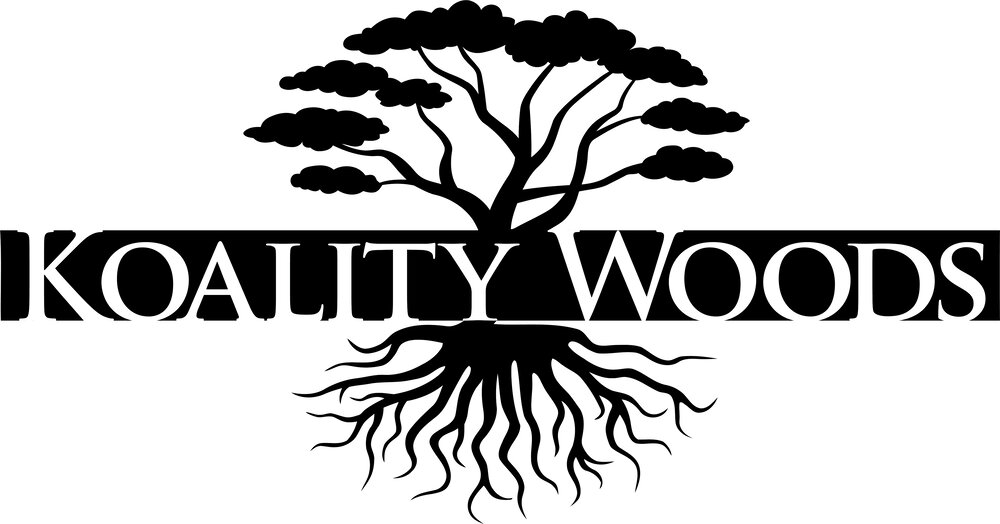In forestry, high grading is the process of selectively harvesting the highest grade of timber from an area of forest. Harvesting wood in this manner is commonly described as “cutting the best and leaving the rest”, and differs from selection cutting.
The practice of high grading is very detrimental to the long term health of forests. After several harvests, the remaining forest stands will be left with only lower timber quality. While lower grade timber can make it more difficult to sustain healthy silvicultural practices, it’s extremely important that we don’t take only the best trees from our precious forests. High grading can also have a negative impact on other activities such as hunting, wildlife watching or hiking. Harvesting only the best trees in a forest also has an ecological cost that negatively impacts biodiversity, genetic diversity and species mix. If we leave only the inferior trees in a stand of forest, we also create unsafe conditions due to an excessive amount of unmanaged trees that could potentially fall in a storm.
High grading can also be a method of defrauding the landowner where the timber is being harvested. Stumpage rates are an agreed upon price that the logger will pay the landowner for a certain volume of wood and they are based on the average quality of the wood in the managed stand. If the logger high grades the harvested timber, then the average logs harvested will be more valuable than the normal average price of timber from that stand. The logger in this case took the best and paid for a stumpage rate representative of a mix of grades.
The opposite of high grading is low grading, where the lower quality trees are harvested so that the genetic stock remaining is faster growing and of higher quality. Harvesting in this manner is also known as thinning and is a useful method of managing a healthy forest stand.
As carpenters who choose to work with Koa wood, we have to be careful to not encourage practices such as high grading. We all love curly Koa wood for obvious reasons – it truly is the most beautiful wood in the world. However, it’s our responsibility to help manage our precious resources by also considering the lower grades of Koa lumber. If we only decide to work with the best Koa wood and leave the rest we create a market that causes extreme demands that encourage the practice of high grading our precious forests.
Koality Woods is proud to offer curly Koa wood when it’s available. Even though there is an enormous demand for curly Koa lumber, we primarily focus on supplying a more representative mix of wood from our forests. Curly Koa trees are one in a billion in modern times. Part of being a responsible wood supplier means we cannot selectively harvest only the best while ignoring the rest.
If a wood supplier is only selling curly wood of the highest quality, they’ll surely succeed in making numerous sales. We have to ask ourselves if only selling our most precious trees is truly what matters.
Koality Woods believes in something greater. We believe in the long term health of our forests and we know that without the utilization of lower grade Koa wood we create a system that encourages the damaging effects of high grading. Please consider the use of our beautiful lower grades of Koa wood in your next project. By supporting the use of all grades of Koa lumber we create healthier forests.
